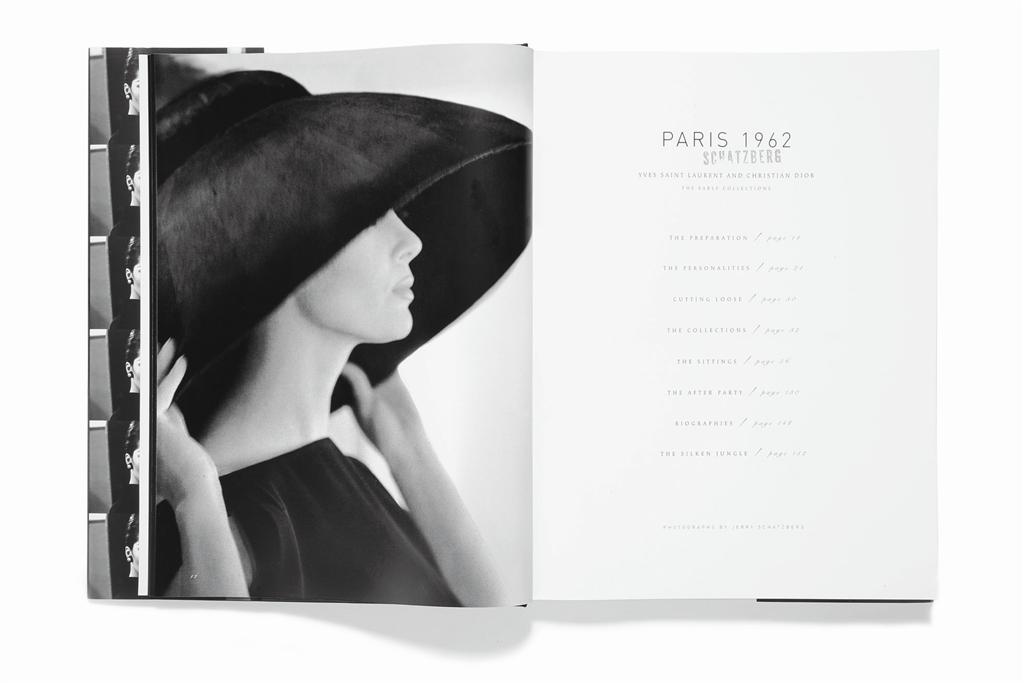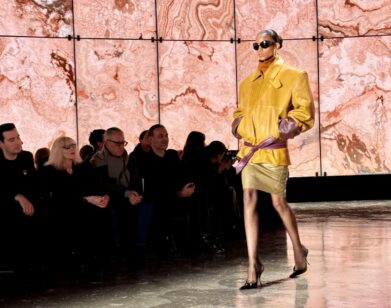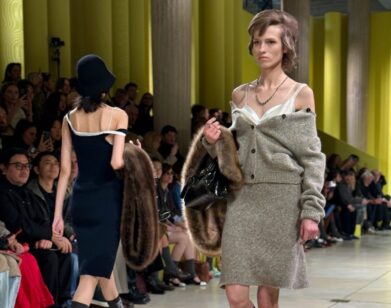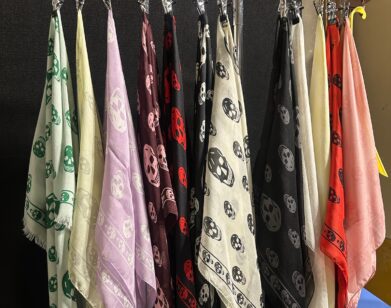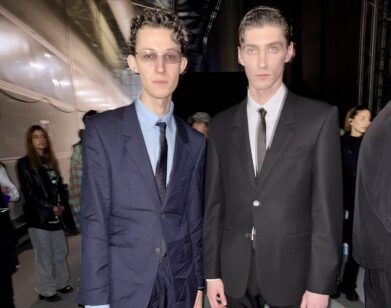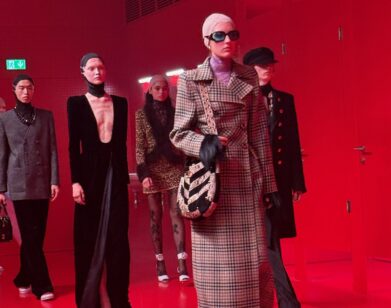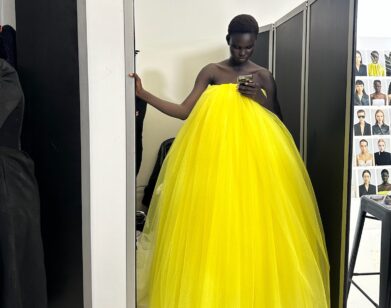Jerry Schatzberg
In the ’60s Jerry Schatzberg was a star lensman for Vogue, Esquire, Life, and many other magazines. In the ’70s he directed films like The Panic in Needle Park. He’s been a legend ever since. A new book showcases his early fashion work.
Vince Aletti: You’ve done several books now from your archives. Your new volume, Paris 1962-Yves Saint Laurent and Christian Dior, the Early Collections, started off as an assignment for Esquire. Was it a photo essay or was it part of a story about fashion?
Jerry Schatzberg: It was called “The Silken Jungle.” It was a photo essay in an issue about New York, but they only used four pictures.
VA: Whose idea was it to focus on Yves Saint Laurent and Dior. Yours?
JS: Yeah. Because it was Yves Saint Laurent’s first collection under his name, I had total freedom. My idea was that since Yves Saint Laurent was doing his own first collection, and then Marc Bohan would be doing his first collection at Dior, that it would be interesting to play between the two.
VA: Had you done much fashion before this?
JS: I’d been at Vogue for about 2½ years.
VA: What were the shows like at that time?
JS: Most of these people knew each other, and they were all fashion industry. If you go to shows today, you have 16 celebrities sitting there, all these people who have nothing to do with fashion. Once at a show I was with Nicky [de Gunzburg, a former Vogue editor], Cecil Beaton was there-and I had never met him. Cecil asked Nicky, “Where are you going from here?” Nicky mentioned some island. And Cecil said, “Why are you going there?” And Nicky said, “I’m going door hunting.”
VA: Door hunting?
JS: Yeah, he had a house and he was looking for doors-special doors, old doors. But Cecil had misunderstood and replied, “Boar hunting? Why are you going boar hunting?”
VA: How did you get into fashion?
JS: I was working in a family business-the fur business-and I hated it. I was reading the [New York] Times want ads, and I saw a photographer’s assistant job. Things went from there.
VA: How was it working with Alexander Liberman when he was the art director at Vogue?
JS: Great. He was very smart, very elegant. At the end, he didn’t have much patience with me because I was a young, anxious, nervous photographer. I worried that I was copying too many other people. And he said, “It’s all right to copy people, as long as the people you copy are good and you copy them well.”
VA: Did you ever work with Alexey Brodovitch, the former art director at Harper’s Bazaar?
JS: No, but I took his course at the New School. He taught me something that I’ve always remembered: After we did the initial assignment, he contradicted what he had said the first week, and I said, “Okay.” The next week, he contradicted what he had said the second week. We went through 10 weeks of contradicting, and I thought maybe he was drunk. At the end, he said, “You may think I’ve contradicted myself, but there’s no one way to do anything.”

